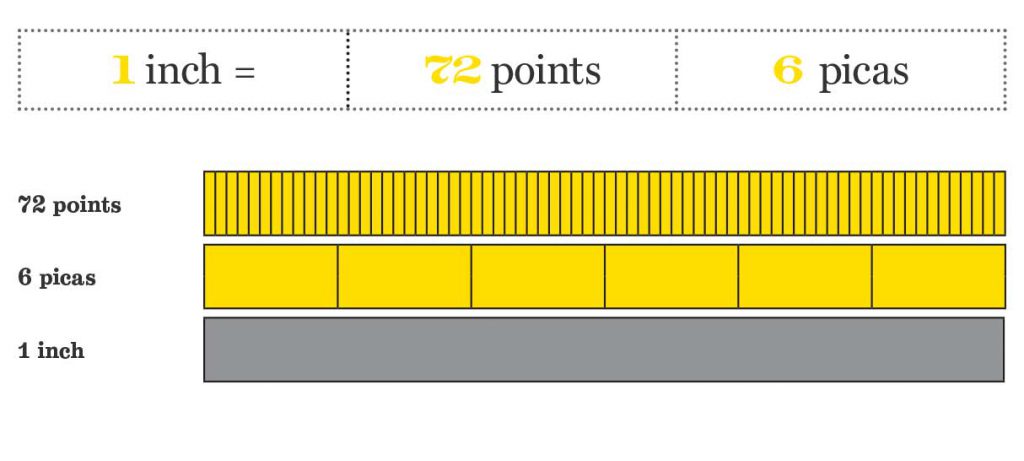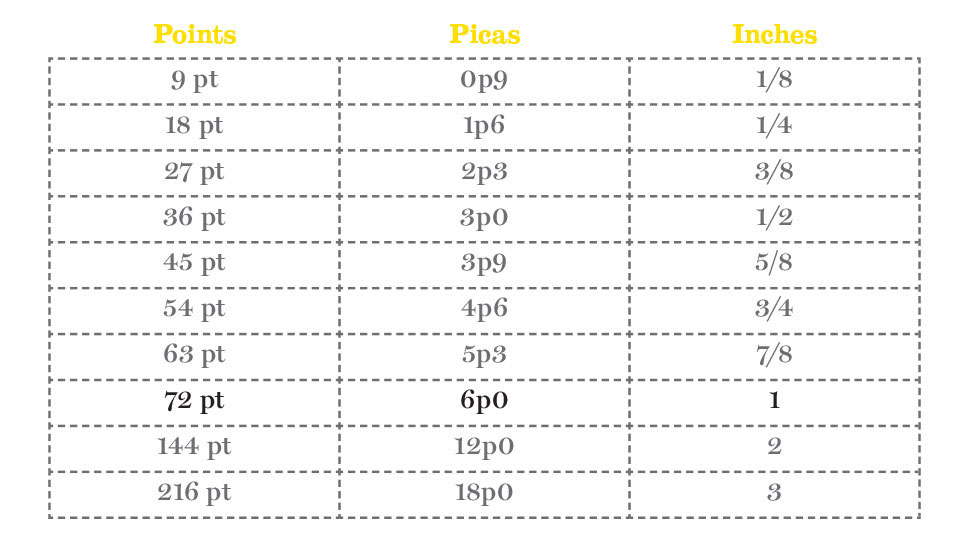Are you out of the honeymoon stage at your new job? Remember when you had that feeling of excitement, fulfillment and curiosity all wrapped into one? If you are not feeling that way anymore, then you may need to make a few small changes that can bring you back to that feeling you had on day one. The next time you find yourself unmotivated, try out some of the tips below to ensure you get back on track.
Stay away from Negative Nancy.
Is your negative attitude the result of a disgruntled coworker? Nothing is worse than someone walking over to your desk every single morning complaining about the job. What’s even worse is when you come in ready to put in a solid day’s work and your coworker wrecks your positive outlook.
Staying away from negative people is vital. The next time they come over, make sure you are too busy to engage in the regular negative conversation. Try surrounding yourself with positive and motivated coworkers. Once the Negative Nancy’s see your new positive vibe, they will get the hint that you don’t have time to engage in negative conversations. Even if they don’t at first, they will eventually get the hint.
Good communication with management.
Open and continuous dialogue with your manager can go a long way. Nothing wreaks more havoc on your week than a problem arising due to miscommunication with management or fear to take suggestions to your boss. With continuous dialogue comes good rapport – which leads to trust. Once you’ve established a sense of trust with management, your workplace becomes a whole new world.
Remember your purpose and goals.
The workplace is constantly evolving, and with changes, you can sometimes forget your purpose for taking the job in the first place. Stay focused on why you are there and what your goal is no matter how much change comes. One tip is to find inspiration with motivational quotes. Keep the quotes fresh and change them out depending on what aspect in your life you need to kick into gear. If you can wear ear phones at your desk while you work, listen to your favorite music that puts you in a good mood. You can even find some motivational speakers on YouTube to listen to when you need that extra motivation.
Check out for a minute and smell the fresh air.
Working hard and going the extra mile always yields positive outcomes, but we all need a break for some personal time. If you are inside all day staring at a computer screen, then go outside and walk around to get some fresh air. Take your mind off what you have been working on for the past several hours. Checking out for 10-15 minutes and getting some fresh air will recharge your mind.
Take care of your health.
I think we can all agree that a clear mind is an important piece for performing at our highest level in the workplace, but sometimes we forget about our health. A good diet and regular exercise can keep your positive attitude constant. If you are truly sick, make sure you use a sick day and take the time you need to get yourself feeling better. Trying to work through a seasonal bug can make you feel sluggish, and it may take your body even longer to recover. In addition, people around you don’t appreciate you coming into work if you are spreading germs. If you are taking care of your body and your mind, then you are ready to perform at the highest level possible.
The next time you are feeling yourself falling into a funk at work, try out some of the above tips to turn things around. You’d be surprised how a slight tweak in your daily habits can improve your attitude. Don’t let yourself turn into the Negative Nancy others don’t have time for in the workplace!
Krista is a Creative Circle candidate, creative writer and content creator in Los Angeles. Her background includes news, marketing, copywriting and editing. If you are interested in working with Krista, please contact Creative Circle LA.


